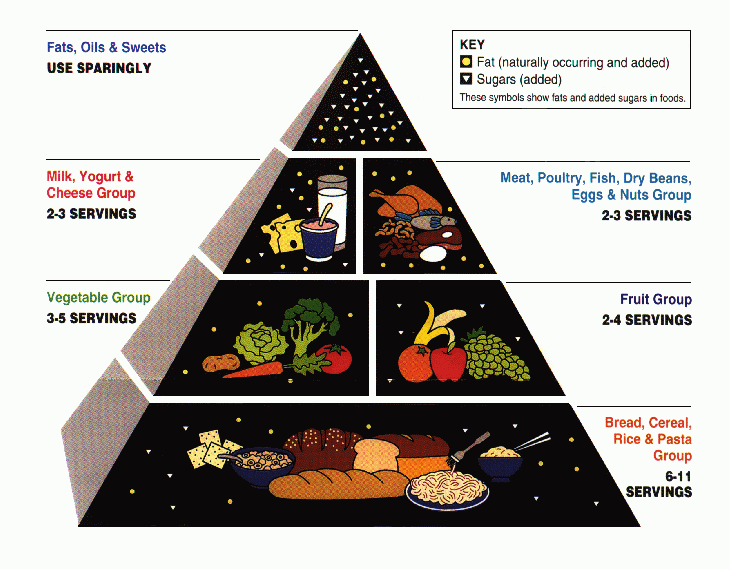It's also Spring Break here in Irvine, so MOH and I spent our weekend lazying it up. We walked through the farmer's market and picked up tons of fresh produce and were racking our brains on what to eat for dinner.
What better way to ring in Spring than to have spring rolls? Spring rolls, or goi cuon, are a great way to make a light, healthy, and refreshing meal. The prep is minimal, if at all, and there is so much flexibility with what you can put inside your rolls, as well as what type of dipping sauce you choose (the name itself is pretty non-specific and just means "wrapped roll.") Our usual go-to spring roll choice is shrimp with hoisin dipping sauce, but I've done spring rolls filled with tofu, carrots, broccoli, and mushrooms - all delicious in their own way!
For this round of spring rolls, we decided to do baked salmon spring rolls. You can use any fish you like, so long as it's flaky and easy to fillet. MOH and I enjoy to do our salmon with a soy glaze, so we normally marinate it in a teriyaki or bulgogi mix* (super strange, I know, but one day we were out of teriyaki sauce and tried marinating our fish with bulgogi sauce, and lo and behold, it turned out pretty good!). If you want, you can steam your fish, or do a different type of seasoning, like lemon.
 |
| See where I checked the fish for if it was cooked? Always make sure your meat or fish is cooked through! |
From there, you can prep your greens - I like the rule of having tons of greens with just a little bit of meat. Depending on who is eating, you can have a variety of herbs, lettuce, beansprouts, cilantro, etc. I only had romaine, cilantro, mustard greens, and beansprouts on hand.
Now comes the fun part. Eating spring rolls is really interactive and can be lots of fun. The first time MOH tried spring rolls, he came to my house and had to learn on the spot how to make a good roll! He was sweating bullets under his shirt trying to make a perfectly wrapped spring roll without the rice wrapper busting on his plate. I would say breaking your spring roll is almost as embarrassing as being unable to lift pho noodles seamlessly into a soup spoon in my parent's house. Now, 8 years later, he is quite the pro... at both.
To create your roll, wet rice wrapper with water and place on a plate equal in size to the wrapper (I like to use three ladies rice wrapper brand, but there is a ton of brands to choose from - just choose one that is flexible enough to be stretched without tearing). Then line your soft ingredients first (like lettuce) - don't make the mistake of putting in something hard like beansprouts as the first layer unless you are a pro. I like to protect my beansprouts with lettuce, then top with some fish, and then wrap. I like to wrap my spring rolls burrito style, first rolling up long ways, then rolling the two sides inward. If you're into low carb, sometimes I just make a lettuce wrap with salmon and greens and just dip that into my fish sauce.
No matter what you choose, the nice thing about spring rolls is there is no one size fits all. When done rolling, eat immediately and enjoy!
Hope everyone is having a great Sunday! Happy eating all!
Fish sauce recipe (modified from Ravenous Couple):
- 1/2 cup water
- 1/8 cup of fish sauce
- 5 gloves of garlic, chopped finely or crushed
- 4 thai chilis
- 2 tablespoons sugar
- 2 tablespoons lime (or 1.5 juicy limes/lemons)
- 3 tablespoons of ground ginger
Depending on my mood, I sometimes vary the sugar, fish sauce, lemon. The recipe is super flexible, and can be modified however you prefer! I think for me, I usually like to alter the sweetness, so I change the amount of sugar and lime but keep the same 1:1 ratio. Most nuoc mam recipes on other website follow a similar layout with regards to ratios and ingredients.
*Bulgogi fish sauce mix:
This mix is a MOH favorite - simply use bulgogi sauce (meant for pork and beef), and add some garlic salt, ginger powder, sprinkle of paprika, and green onions, and you are all set!















